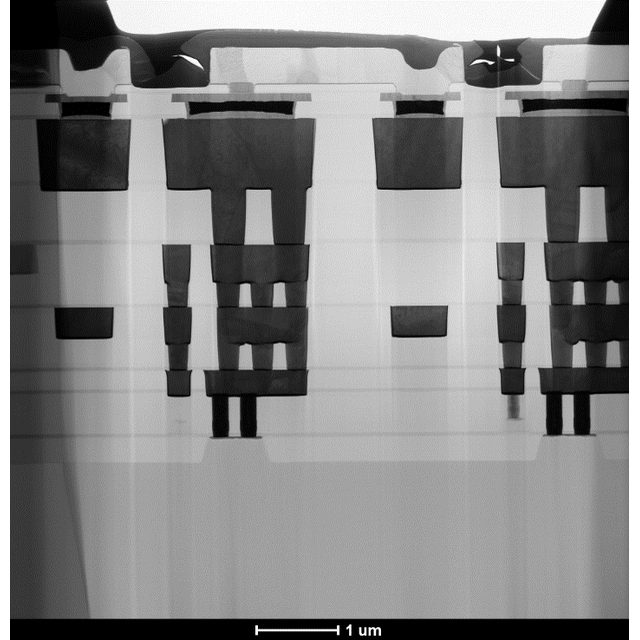Artificial Intelligence (AI) is currently offering incredible applications, but at the cost of a very high energy consumption. For these reasons, embedded objects like medical devices need to connect to the cloud to access AI, raising issues in terms of privacy and security. Memristors are a new technology, which due to its similarity with synapses in the brain, offers the possibility to reduce the energy consumption of AI dramatically, and to bring AI directly to embedded devices, an approach known as “edge” computing. However, it is a considerable challenge for AI systems based on memristors to learn new information: they need to be preprogrammed. This is because the way AI learns is fundamentally incompatible with the variability of memristors.
In this work, researchers from CEA LETI and from the Centre de Nanosciences et de Nanotechnologies used 16,384 hafnium oxide memristors cointegrated with standard transistors to show that the variability of memristors can be turned into a feature to enable learning at the edge. This variability can directly implement the sampling step of Markov Chain Monte Carlo, an AI learning technique particularly adapted for the edge. The researchers used this technique to train the memristors to recognize malignant tissue and detect heart arrhythmia. The accuracy of the memristor-based systems matches software implementation, with an energy consumption reduced by a factor 100,000.
These results open the way for multiple applications of edge learning, in particular for implantable medical systems, and also highlight that drawbacks of electron devices can sometimes be turned into powerful features.
Références
In situ learning using intrinsic memristor variability via Markov chain Monte Carlo sampling
Thomas Dalgaty1, Niccolo Castellani1, Clément Turck1, Kamel-Eddine Harabi1, Damien Querlioz2 & Elisa Vianello1
Nat Electron (2021)
DOI https://doi.org/10.1038/s41928-020-00523-3
Affiliations
1 CEA, LETI, Université Grenoble Alpes, Grenoble, France
2 Centre de Nanosciences et de Nanotechnologies - C2N (Université Paris - Saclay / CNRS)
Contact :
Damien Querlioz, Researcher at C2N
figure : Cross-section electron microscopy image the systems used in this study. It cointegrates CMOS transistors and memristors (credits: CEA LETI)









